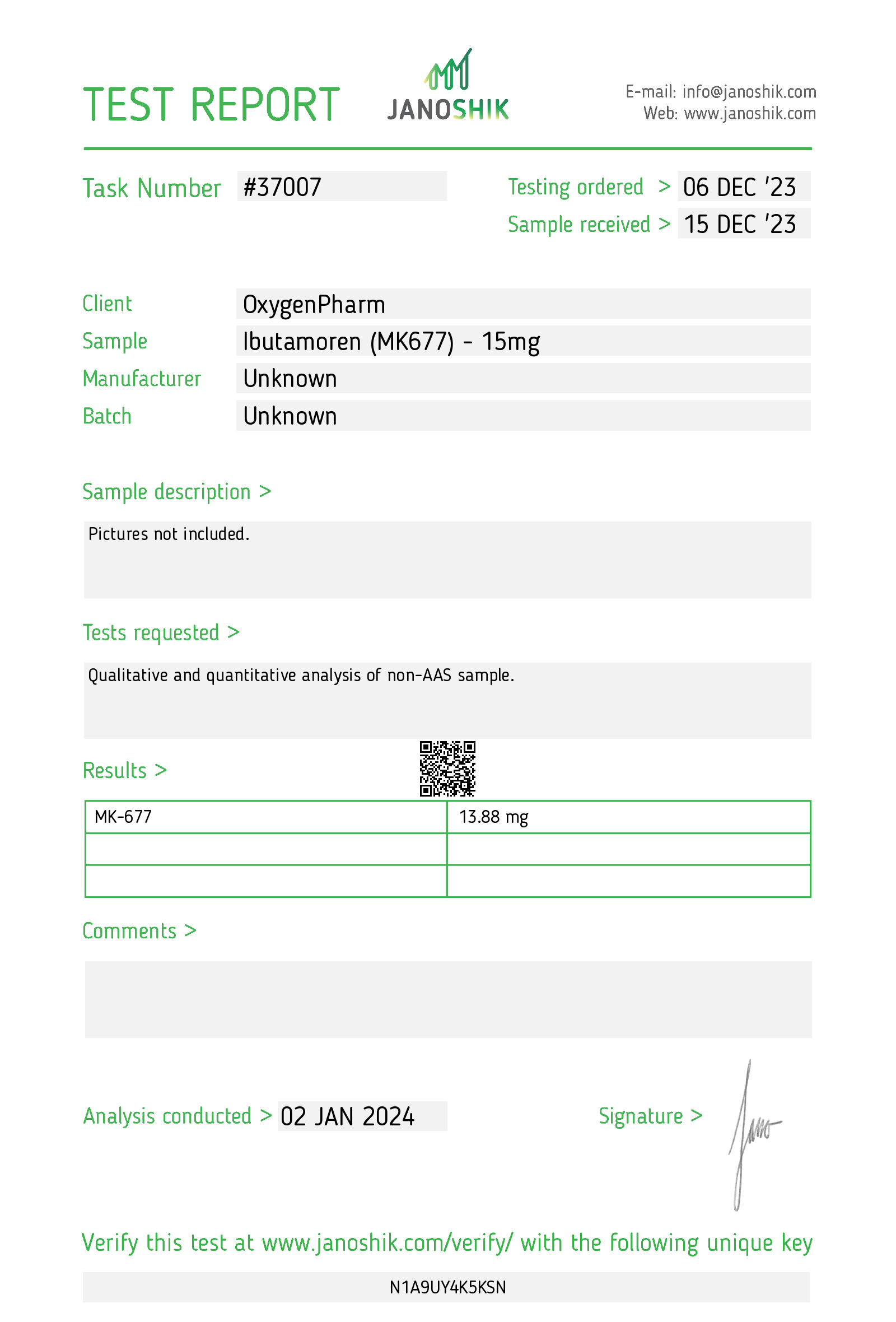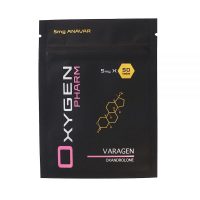Description
IGF-1 LR3 Description
Insulin-like Growth Factor is a hormone that plays a vital role during puberty. IGF is responsible for muscle growth, increased glucose and amino acid transport, increased protein synthesis, increased RNA synthesis, and decreased protein degradation. IGF-1 LR3 or IGF-1 Long R3 is a chemically modified variation of its predecessor IGF-1, a synthetic variation of the IGF protein. It consists of 83 amino acids (where IGF-1 consists of 70) with the substitution of Arginine (Arg(R)) for Glutamic Acid at position three, hence the addition of R3 to the name. These alterations enable it to avoid binding to proteins in the body, allowing it to have a much longer half-life than other forms of IGF-1.
It is also three times more potent than regular IGF-1 and is systemic in nature, traveling to the muscle tissue damaged through training. Depending on dosage, you can quickly become desensitized to IGF-1, so cycles are typically shorter than most other anabolic compounds. IGF-1 is the only hormone capable of hyperplasia. One of the main reasons behind exogenous human growth hormone use, as GH is converted into IGF in the liver. All peptides require reconstitution by administering Bacteriostatic Water into the bottle prior to use
NOTE: Human Growth Hormone and Insulin-like Growth Factor use is contraindicated for those with tumors and/or cancer, as these compounds can significantly accelerate the progression of the tumor/growth/disease. If you are a cancer survivor, or in remission, consult with your doctor prior to use.
IGF-1 LR3 Benefits:
- The most anabolic hormone
- Induces hyperplasia, the synthesis of new muscle tissue
- Stacked with other compounds that enhance hypertrophy for maximal gains
- Increased protein synthesis
- Systemic in nature
- Increased glucose and amino acid transport into muscle tissue
- Can be used to bridge between cycles to avoid the loss of muscle tissue
IGF-1 LR3 Terminal Half-life:
- 20-30 hrs
Possible Dosage & Cycle Length:
- Men/Women @ 15-60+ mcg/day post-workout
- Do not exceed 120 mcg to avoid hypoglycemia (low blood sugar)
- Cycle for 2-4 weeks on, followed by 2-4 weeks off to resensitize


























Reviews
There are no reviews yet.